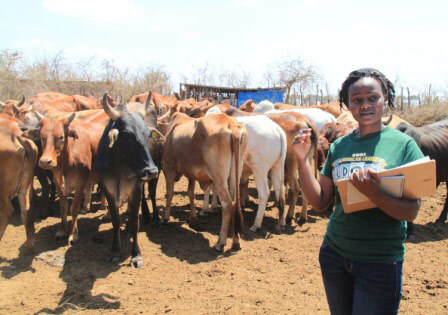Research approaches

Objectives
Objective 1
To downscale global climate models to the Maasai Steppe and predict current and future localised hotspots of infection
Objective 2a
To use land cover models to describe recent and predict future changes that influence the spatial variation in vector abundance and distribution, incorporate host availability and compare the spatial overlap with the climate models
Objective 2b
To trap tsetse flies on a monthly basis and use molecular techniques to identify species of trypanosome
Objective 3
To identify the opinion leaders and technology adopters in the Maasai community and then work with them to develop an ecohealth partnership on disease control that will reduce the impact of vector borne infections
Research approaches
Modeling temperature and precipitation patterns in East Africa
Modeling land-use and land cover
Vector distribution and infection prevalence measurements
Vector density and location predictions
Collecting confidential data on the views and responses of Maasai people to VBDs
Working with Maasai communities to raise awareness of risks, and develop adaptive strategies
To find out more about this project or to view the original website, please visit http://vbd-environment.org/tdr-idrc/the-5-research-projects/project-c

